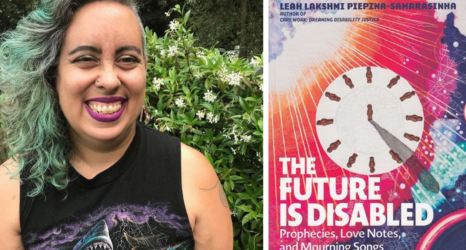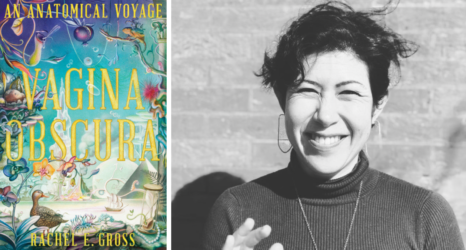March is Endometriosis Awareness Month around the world. This post was also published as part of the UK’s Endometriosis Awareness Week.
High-profile public figure and creator of sitcom Girls, Lena Dunham, cancelled a tour in 2016 because of her well-documented battle with endometriosis, despite stating just a few weeks earlier that she was “endometriosis-free.” More recently, she opened up in Vogue about having a hysterectomy due to the pain of living with endometriosis.
The simple fact is that endometriosis a chronic condition with no current cure. As such, women need to find their own ways to manage their pain, massively affecting quality of life—with complaints ranging from inability to attend work to zero sex life to infertility and depression. Why, then, are so many women failing to receive a correct diagnosis for a condition which is so common and has such adverse consequences for its sufferers?
Endometriosis is a painful condition that affects 10 percent of the world’s women and one in which many of its sufferers experience debilitating physical pain on an ongoing basis. It is a disease where tissue that is similar to the tissue which lines the uterus begins to grow outside of it. This tissue grows in places it does not belong, such as the ovaries, fallopian tubes, bladder, stomach and bowel. During each monthly period, these growths will shed much in the same way as a normal period, therefore causing inflammation, scarring and intense pain along with it.
Endometriosis is a disease of women, and many have criticized medical professionals for failing to stand up and take notice of women’s very real concerns. In the UK, it currently takes an average of seven years to diagnose endometriosis. This is seven years in which women will face crippling pain, with many reporting agony so bad that they’ve contemplated suicide, been unable to walk or experienced frequent black outs.
In a recent report undertaken by the All-Party Parliamentary Group on Women’s Health (WHAPPG), in which over 2,600 women with fibroids or endometriosis were interviewed, it was discovered that UK GPs are failing to provide adequate care and diagnosis for these common gynecological conditions. Over 40 percent of women with endometriosis saw a GP at least 10 times before being given a referral, while a significant number complained of being told they were overreacting or just having “bad periods”—dismissed as part and parcel of being a female.
There are several possible reasons as to why endometriosis diagnosis is so hard. First of all, symptoms of the condition are wide and varied and the disease will present itself differently in many women. It also shares its symptoms with several other health problems, with issues ranging from painful periods, painful intercourse, fatigue, constipation, diarrhea, bloating, migraines and difficulty breathing.
In addition, the only conclusive way to reach diagnosis currently is through surgery (laparoscopy). Endometriosis cells cannot be detected through medical imaging, nor can the disease be picked up through blood tests or urine samples. MRI scans and ultrasounds may help in giving clues towards the condition, but at present, the only definitive way is surgically, which of course involves risk and costs. Such difficulty my lead doctors to overlook warning signs of the condition.
Moreover, endometriosis is a condition which is widely under-discussed and thus misunderstood by both sufferers and medical professionals alike. Unlike many other health problems, there is a disparate lack of research and funding for the disease in general, which is the natural consequence of a “culture of shame” surrounding menstrual issues.
The biggest hurdle for women with endometriosis, though, is the fact that from a young age we are taught to keep these things to ourselves. To this day, discussion of periods are still thought of as shameful and to be kept hush-hush, so it comes as no surprise that many sufferers have admitted to being too embarrassed to seek medical attention, despite overwhelming feelings that something isn’t right.
A survey by Endometriosis UK found that girls and women waited an average of two years before seeking medical advice over their abnormal periods. Sexism and fear of women’s bodies means that we are expected to shy away from talking about menstrual issues—things which society considers off-topic.
The WHAAPG report recommended that there should be an improvement in menstrual health education in schools so that girls grow up more informed and are better able to detect when they feel as though something is not quite right. Not only should this speed up an endometriosis diagnosis, but it will also help decrease some of the stigma which surrounds the open and frank discussion of periods.
The only way to improve the lives of the 176 million women suffering from endometriosis worldwide is by breaking down the taboo that exists around women’s health. We need to create a world where positive dialogue exists and where girls and women can openly talk about their symptoms without being ignored or suffering in silence.
While there has been an improvement in endometriosis dialogue in recent years, thanks to high-profile celebrities like Lena Dunham and events like Endometriosis Awareness Week, we still need to do more. Women and medical professionals need to be better educated on a disease which affects one in 10 women. It is only then that we can expect to see positive changes in how endometriosis sufferers are diagnosed and treated.





